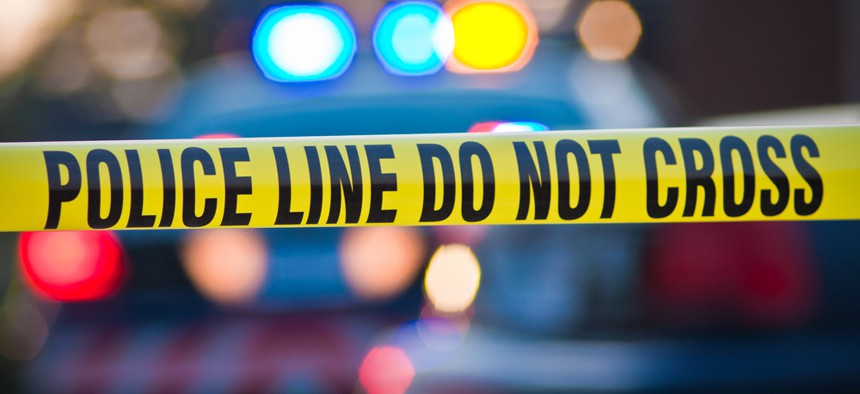Use of Gunfire-Detection Technology Expands to More Cities

carl ballou / Shutterstock.com

Connecting state and local government leaders
ShotSpotter, used in more than 60 U.S. cities, is now helping police in Wilmington, Delaware.
Gathering evidence is still an inherently physical and mental exercise for law enforcement agencies around the country. However, a number of local police and public safety agencies have seen some success in crime investigations after implementing technology that detects and locates gunfire with remarkable accuracy.
Wilmington, Delaware, has been one of the most recent cities to use gunfire-detection technology to quickly pinpoint the location of where a gun has been fired.
A new report in the News Journal explains how Wilmington police have been using the ShotSpotter system to help assist in their investigations of gun-related crimes. "Where it's situated, it has captured shots being fired, and it has led us to the collection of evidence," Police Chief Bobby Cummings told the newspaper. "It's doing what it's supposed to do in leading us to shootings."
The News Journal reports that ShotSpotter alerted Wilmington police to four separate incidents in November alone. One of those incidents led to directly to the arrest of a suspect less than a day later.
ShotSpotter acoustic sensors are placed around a city in order to detect the sounds of gunshots. After a gunfire incident is detected, a location-based alert is sent to law enforcement officials.
When it works correctly, that location information can help police reach a crime scene more quickly and accelerate the process of gathering forensic evidence. The gunshot data is then stored in an accessible database, allowing agencies to review and further analysis gun crime data.
Wilmington police are leasing the sensor system through SST, a California-based company, for $415,000 over a three-year period. A SST video demonstrates how the technology works:
“ShotSpotter is the critical first step in preventing gun violence,” a voiceover in the video states. “Even when no one calls 911.”
Not all police departments have found the ShotSpotter system to be a breakthrough.
In March, police in Oakland, California, told the San Francisco Chronicle that the system was “redundant,” since most gunshots were already reported by residents and that the department would prefer to use the roughly $600,000 spent on the system for other equipment, including a police helicopter.
However, Oakland residents told the newspaper that ShotSpotter was improving safety in neighborhoods where residents are reluctant to cooperate with police.
With deployments in more than 60 U.S. cities, ShotSpotter has accumulated some strong evidence in its support.
For example, a Washington Post analysis from November 2013 discovered that the ShotSpotter system has detected 39,000 separate gunfire incidents. The sensor network covers a third of the nation's capital, primarily in neighborhoods with violent crime. But as the Post reported, the system doesn't catch every instance of gunfire. Other noises, like fireworks, can be mistakenly picked up as gunfire.
But police in D.C. have touted ShotSpotter's successes, especially its ability for analysts to pinpoint specific crime trends, including gang turf battles, according to the Post.
In 2013, the Pittsburgh City Council approved $1.15 million in funding for ShotSpotter, according to the Pittsburgh Post-Gazette. This month, the city's Public Safety Department is testing the system out in Homewood, one of the city's most violent neighborhoods.
Earlier this month in Canton, Ohio, ShotSpotter was credited for the apprehension of a 19-year-old man who was arrested with a loaded .38 caliber handgun, according to The Repository newspaper.
(Image by carl ballou / Shutterstock.com)




